One of the main dilemmas of any first-time tractor buyer is choosing which size they should go for. Tractors are indeed expensive machinery, and no one would blame you for seeking the best bang for your buck here.
But the answer to the question “what size tractor do I need?” will depend on many things, such as the property size, the jobs you’d like to accomplish, your budget, and of course, personal preference. Moreover, it’s important to keep in mind that you’ll also need to properly maintain your tractor if you want to reduce downtimes. Sure, farm equipment manuals will definitely help you with regular maintenance and basic repairs, but bigger tractors will always cost more to maintain in the long run — which is not to neglect.
That being said, here are my brief recommendations to help you make up your mind and avoid buyer’s remorse.
Let’s dig in!
What Size Tractor Do I Need for 1-5 Acres?
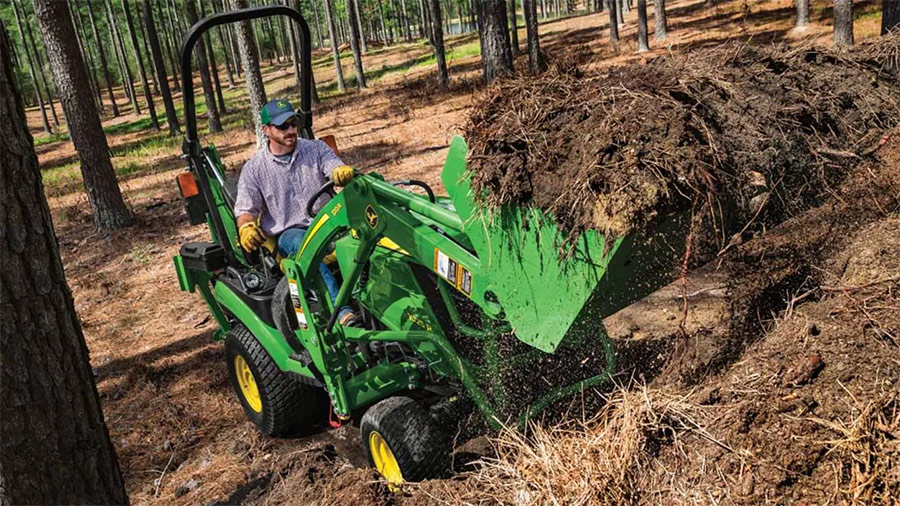
The easiest way to determine which tractor size you should go for is by knowing how large is your cultivated land. For instance, a sub-compact tractor would serve you great if you cultivate 1-5 acres of land or only need a small workhorse to do some chores around the house. This tractor type is small enough to fit in a standard garage or medium shed and can accomplish light tasks like mowing, gardening, landscaping, and snow clearing.
Typically, sub-compact tractors are diesel-powered and produce between 15-25 hp (trust me, this is all you need to cover small land chores). You can also get a 2WD or 4WD model with a hydraulic attachment or PTO (Power Take Off) system of roughly 15 hp.
Pricewise, new sub-compact tractors typically range between $10,000 and 20,000, but you can always go for a much more affordable secondhand model if you are on a tighter budget. And keep in mind that you might also need to shell out for attachments and accessories, such as a loader, a mid-mounted/3-point hitch mower deck, a trailer mover, a stabilizer, a snow pusher, etc.
What Size Tractor Do I Need for 6-10 Acres?
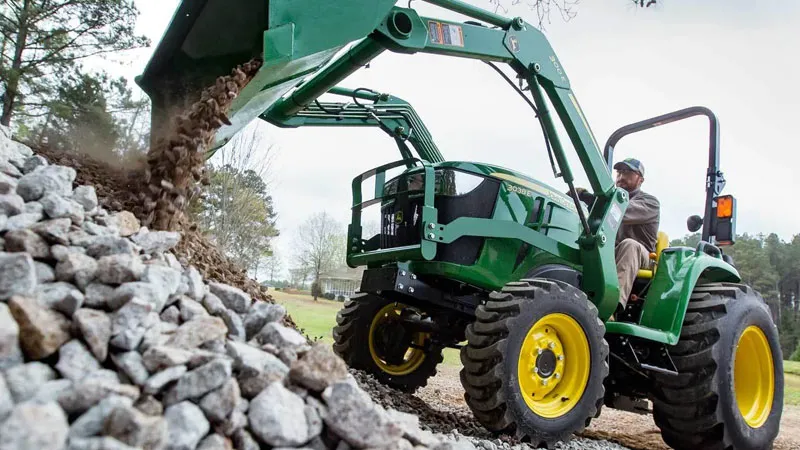
For a larger property measuring between 6 and 10 acres, you can get most of your work done with a sub-compact tractor. However, if you feel the need for a more capable machine, a compact tractor would be the right companion.
While maintaining great maneuverability, compact tractors can nail heavier tasks, such as lifting and moving heavy materials, plowing loads of snow, or maintaining a livestock/small orchard, made possible thanks to the higher power range — usually between 25 and 35 hp. And with a typically more powerful hydraulic system and rear PTO of up to 30 hp, you can attach bigger implements like a brush hog, a post hole digger, pallet forks, larger buckets, and so on.
The price of one of these starts from around $15,000-30,000 when new, but you can find a ton of great deals on used ones in good condition too.
What Size Tractor Do I Need for 11-20 Acres?
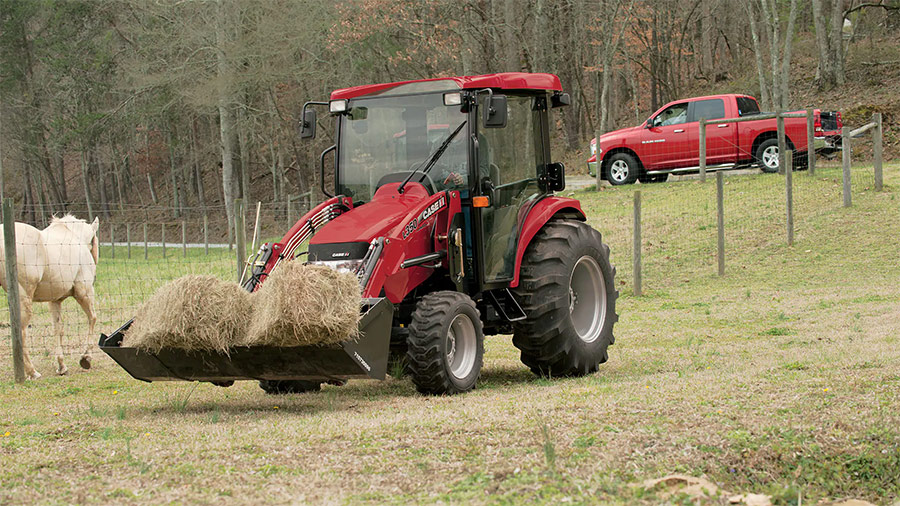
For 11-20 acres of land, you may want to invest in a compact utility tractor instead. It’s a rather large property you’re dealing with, and you’ll need more ponies and pulling power for a wider variety of heavier implements.
This type of tractor is slightly bigger than a regular compact tractor, packing better stability and a more powerful engine ranging from 30 to 60 hp. Sure, it’s not intended to nail massive crop operations. Yet, it’s still a serious farming machine that’ll handle heavy-duty tasks like land clearing, manure management, or disking in large sections. Moreover, it can support larger and heavier attachments needing more power, including a cultivator, a rotary tiller, a large seeder, a wide mowing deck, and more.
You can expect the retail price of a new compact utility tractor to be between $20,000 and 60,000. Moreover, those bigger attachments can add up rather quickly, so be aware of that.
What Size Tractor Do I Need for Commercial Farming?
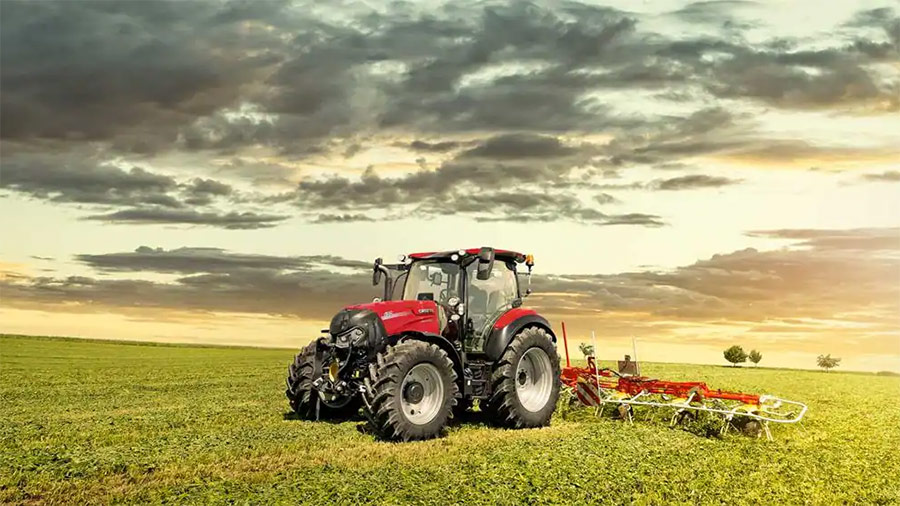
Some of you may wonder, “what kind of tractor do I need to get into commercial farming?”. In this case, you’ll most likely be working on more than 20 acres of land, doing tasks that’ll really push your machine to its limit. Therefore, this is where you may want to consider getting a true utility tractor or a row crop tractor with at least a 4/6-cylinder engine, 4WD system, and 100 hp rating.
Utility tractors are some of the most powerful tractors used in agriculture. They’re super handy for tackling any light or heavy chores as they support most front- and back-end attachments you can think of. Also, since you’ll be spending hours behind the wheel, these tractors are often offered with fancy add-ons, like a cabin with air conditioning and a full-on sound system.
As for the price, expect to pay at least $40,000 for a new model. However, depending on how big, powerful, and utilitarian your choice will be, prices can go well over $100,000, and that’s before attachments/implements.
Frequently Asked Questions (FAQs)
How big of a tractor do I need?
Tractors come in different sizes, and choosing the right one for you will depend on several variables. Indeed, the recommendations above were based on general applications, but your specific needs might be quite different. So aside from the property size, try to list the various purposes you’ll need your machine to do in order of importance, as well as the implements you’ll need to accomplish your current and future tasks.
Once you get your priorities straight, you can then choose the right tractor size with the proper amount of power to suit your needs. Remember that getting a tractor with sufficient power from the start is crucial to support your desired attachments and everything you might want to do in the long term. Never forget that farming is a business, and like any other business, it will grow with time, and needs will eventually change.
In short, proper planning is of the essence here.
What hp tractor do I need?
As you’ve learned above, tractors are offered with various hp ratings depending on the type/model you choose. And once again, choosing the right amount of power depends on the terrain you’ll tackle and the tasks you wish to accomplish.
Say you need basic mowing and plowing on a small/medium-sized field with flat terrain, you’d be settled with a compact tractor producing 20-60 hp. Meanwhile, if you’re into full-scale farming, consider a utility or row crop tractor with at least 100 hp at its disposal to cover those more heavy-duty chores.
My tip is to consult the tractor horsepower chart of the manufacturer of your choice. They’ll cover everything you need to know regarding how much horsepower a tractor has, together with a complete spec sheet and pricing.
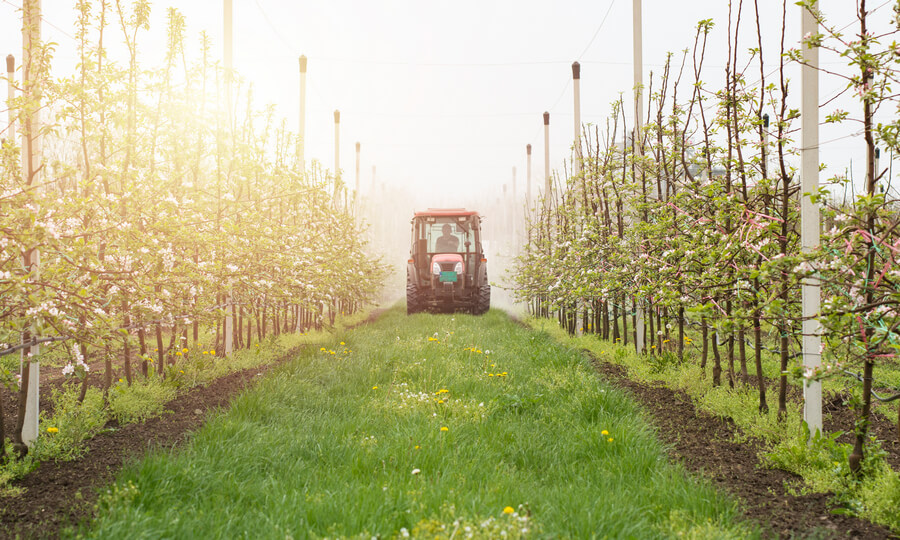
Is a 25-hp tractor enough?
If you wonder what a 25-hp tractor can do to assist you in agricultural activities, let me tell you that there’s a lot you can accomplish with such a machine.
Indeed, 25 hp is a common rating for compact/sub-compact tractors, and it’s arguably the sweet spot for nailing most of your chores on a small farm, such as mowing, brush hogging, landscaping, crop harvesting, and livestock management.
In addition, 25-hp tractors support most implements powered by either a PTO or hydraulic system. They usually have a loader lift capacity of up to 1,000 pounds, and 4WD models can support various front-end attachments, like a grapple, brush crusher, rotary cutter, and more.
Thus, if you’re dealing with light to moderate tasks on 5-10 acres of land, a 25 hp tractor should do the job without breaking a sweat. But to deal with larger areas and more vigorous tasks, I’d recommend bumping up to a compact utility tractor with 40 hp or more.
Last Words
When deciding on buying a tractor, it’s always worth taking things slow and knowing what you really need before making a purchase decision. After all, tractors are costly machinery that pays off quickly if you get the right one.
Hence I encourage you to do as much research and planning as possible on what kind of journey this tractor will go through with you. That way, you should be able to tell what size tractor you need and make sure you get the most return on your investment.
Happy farming!


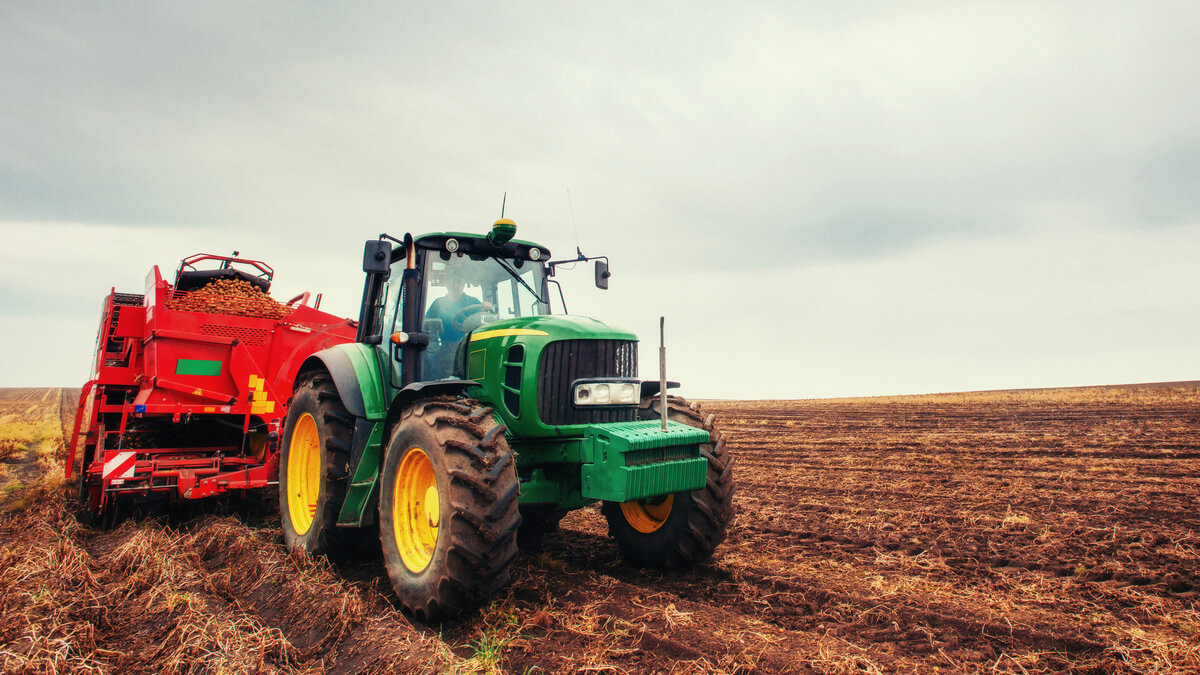
Excellent article. Very helpful to newcomers. Good explanation and good recommendation of the 25hp sweetspot size.